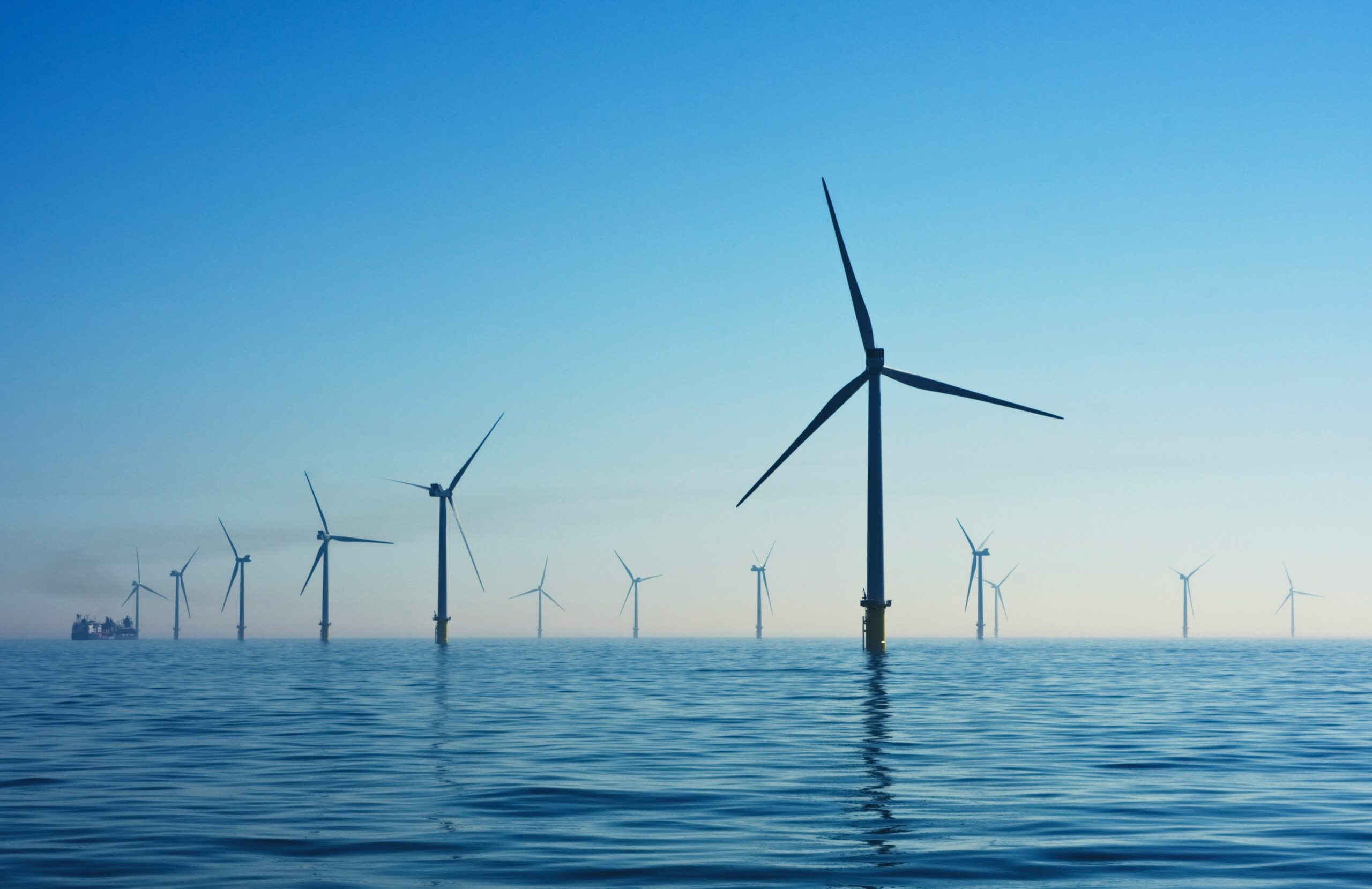
Policy Update
Coastal States Working to Expand Offshore Wind
March 19, 2024
At least 10 states are considering legislation that studies, allocates funds, or explores offshore wind infrastructure. With the federal government’s goal of deploying 30 gigawatts of offshore wind by 2030, states are crucial partners in the offshore energy transition. Last year, Maryland passed the POWER Act (S.B.781/H.B.793), one of the largest offshore wind goals in the nation to produce 8.5 gigawatts of power from offshore wind by 2030. This legislative session, states are looking to expand and invest in offshore wind as it continues to serve as a valuable and clean energy resource.
- Why It Matters: Offshore wind energy has the potential to generate nearly double the nation’s current electricity use, support local economic development, and address climate change by producing clean energy. A U.S. Department of Interior study found that offshore wind has the potential to sustain up to 160,000 jobs. Offshore wind sites can also act as marine preservation areas that support greater biodiversity.
Key Themes
A few major themes emerge from this year’s offshore wind legislation: engagement, incentivization, expanded funding, labor, and generation goals.
Prioritizing Community Engagement
- Oregon H.B.4080 (Enacted): Promotes fair labor practices and improved engagement with impacted communities.
- California A.B.3016: Requires a strategic plan be filed to the State Energy Resources Conservation and Development Commission to ensure equitable development.
Expanding Means for Incentivizing Offshore Wind Development
- California A.B.2235: Improves and expands systems for authorizing or approving wind development.
- Maryland H.B.1296 (Passed legislature and sent to Governor): Leverages tax credit incentives to develop offshore wind.
- Maryland S.B.0814: Expands the definition of offshore wind projects qualifying for state and/or federal funds.
- Virginia H.B. 397: Incentivizes offshore wind development by categorizing offshore wind & other renewable energies as within the public interest.
Expanding Funding
- California A.B.2208: Allocates $1 Billion to wind development.
Labor
- New York A.3788: Requires developers of offshore wind projects receiving state financial support to use New York-based manufacturers that have labor peace agreements with employees.
- New Jersey S.233: Establishes the New Jersey Wind Institute for Innovation and Training. This Institute would lead the State’s coordination, promotion, and implementation of offshore wind workforce development, education, research, and innovation, with a particular focus on driving diversity, equity, and inclusion in 40 this new industry.
Generation Goals
- Massachusetts H.3161: Double the state’s procurements of offshore wind power to 11,200 megawatts by 2035.
- New Jersey S.221: By 2030, offshore wind facilities in the State shall generate at least 3.5 gigawatts of power. By 2035, offshore wind facilities in the State shall generate at least 7.5 gigawatts of power.
- New York A.7407: Sets new generation goals of 9,900 megawatts of offshore wind electricity generation by 2035, 15,800 megawatts by 2040, at least 18,000 megawatts of by 2045 and at least 20,000 megawatts by 2050.
Federal Funding Opportunities
The Wind Energy Technologies Office (WETO) houses multiple research and development funding opportunities for offshore wind. The Department of Energy (DOE) has also allocated funds for researching and developing operational offshore wind projects. The Biden Administration’s Inflation Reduction Act (IRA) also allocates funds for offshore wind development in the hopes of reaching 30 GW of offshore wind energy by 2030 and 110 GW by 2050.